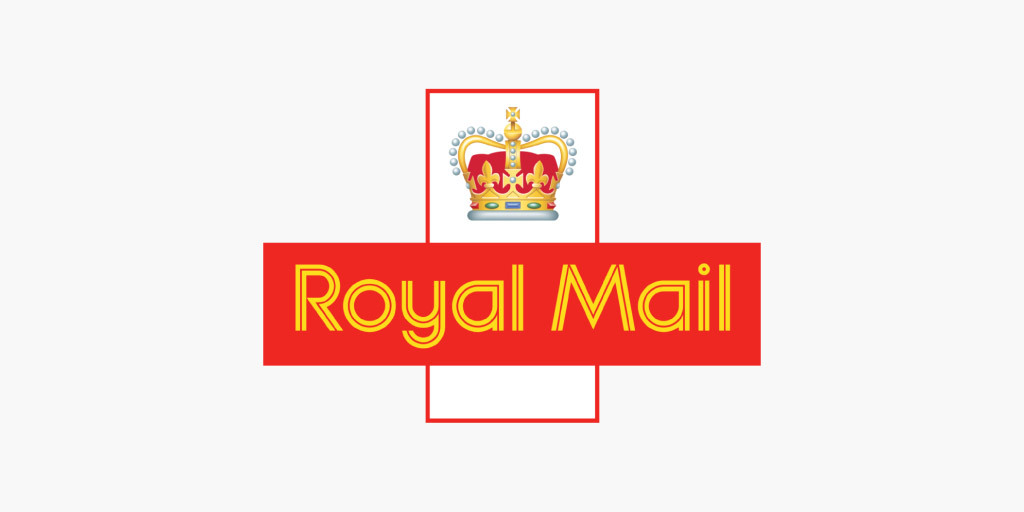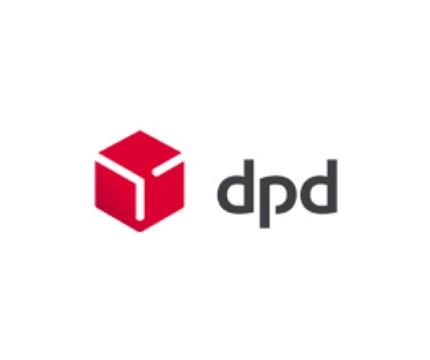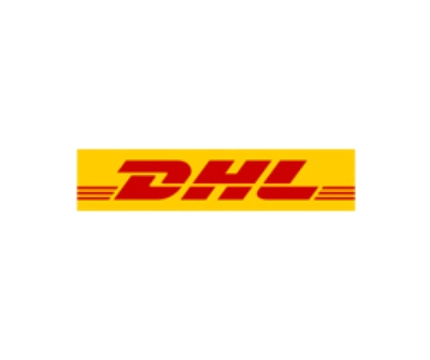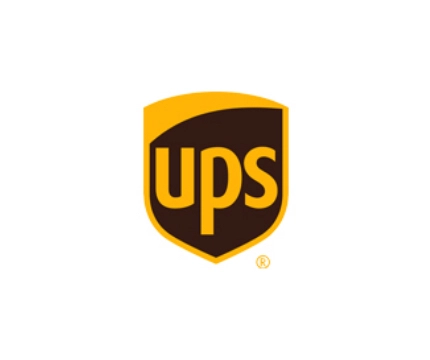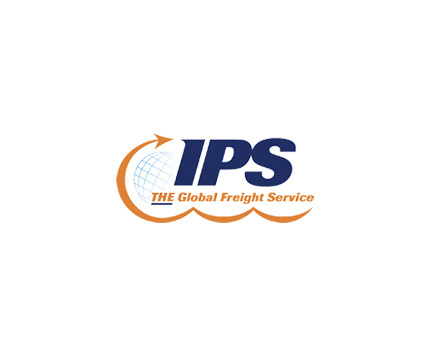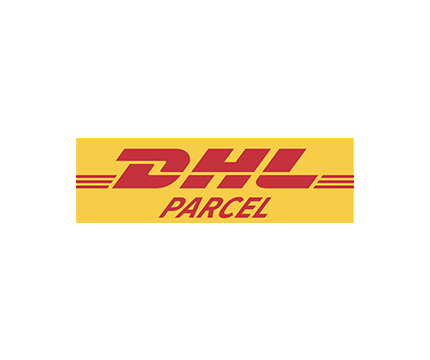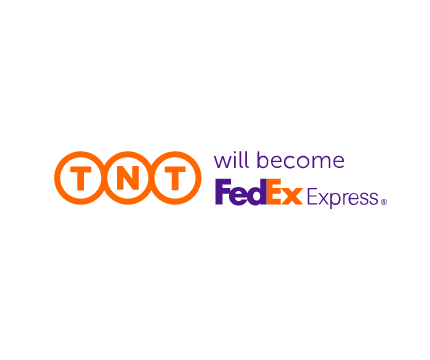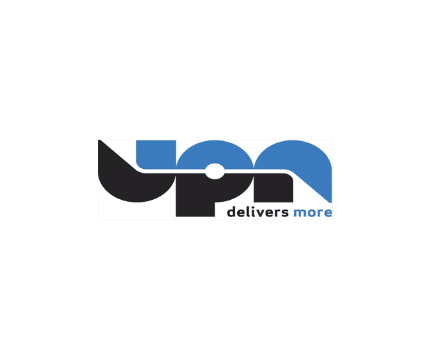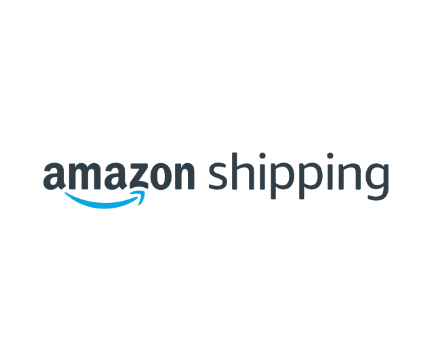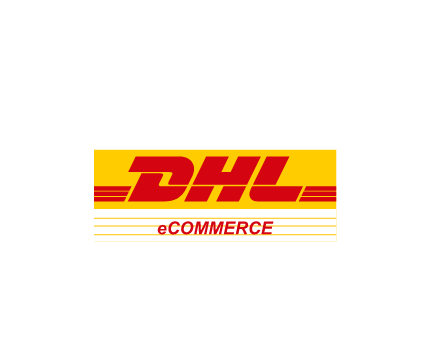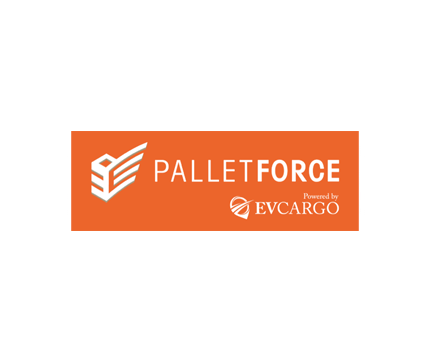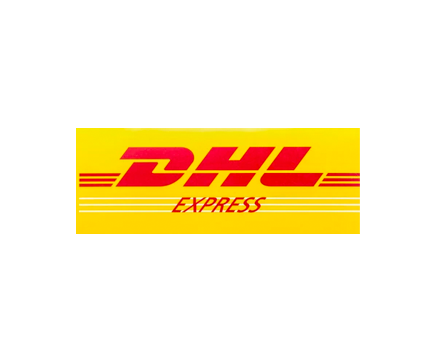If you’ve been managing carriers in-house or if you’re unhappy with your current carrier integration software, this article is for you!
Let’s take a deep dive into the challenges relating to carrier integration, and how choosing the right carrier integration software for your eCommerce business could be a game changer.
If you’re limited to a small number of carriers, adding new ones is a surefire way to improve your fulfilment operation. However, if you’re adding new carriers through a legacy or home grown solution, you will have lots of connectivity and maintenance issues. The associated cost, and the drain on your technical resources, is likely to be prohibitive. Similar problems can occur if you’re currently using carrier integration software that is less flexible than it could be, or presents you with unexpected costs.
Many retailers find that the solution to this problem is to seek out and switch to reliable carrier integration software.
Carrier integration software (or multi-carrier integration software as it’s often called) helps simplify and remove the friction of the delivery management process – but only if you choose the right provider!
Here are five challenges to be aware of when considering carrier integration software.
1. Carrier integration can be a minefield without the right carrier integration software and reliable team
Unless you partner with a reliable team, carrier integration is quite a big process. It can be tricky if you don’t know what to expect, or have practice. Each carrier can have different integration methods.
You have some with an API that you need to send the data through. You also have carriers that are web service enabled, that you need to do a local integration with, which can be even more complicated.
In this case the carrier depends on you to do the bulkhead management, the unique number on the label for tracking purposes. There’s also the management of gazetteer files, which contain the routing information and geographic identifier codes to help carriers know exactly where to send a parcel.
Effective carrier integration software like Scurri’s delivery management platform can help resolve these issues.
2. Staying up to date without effective carrier integration software is a lot of work
The API integration you have with each shipping carrier must be maintained and updated from time to time. Most carriers will issue updated API specifications at least once every six months. In some cases, as is currently happening with most of the main UK carriers, they can launch a new API. This means creating an entirely new integration.
All carriers bring out new services, and every time a new service is created, there’s some work to be done updating your integration.
And then there’s general maintenance. When a shipping carrier changes fields on their API, they have to be updated on your side. Carrier maintenance is a big thing, you could need multiple developer resources working full time just to manage it.
Thankfully, Scurri’s carrier integration software does all the heavy lifting – plus we’ve got industry-leading customer support that helps provide peace of mind when retailers have a question about their carrier integration.
Related: 5 benefits of managing multiple shipping carriers in one platform
3. Carrier integration software needs to be proactive and reactive
Another aspect of maintaining a shipping carrier integration is that the work is usually time sensitive. A carrier will often specify that a change needs to be completed within a specific time frame, for example, within the next couple of weeks.
If you’re not working with reliable carrier integration software, the challenges can grow. To keep your deliveries running smoothly, all of a sudden, you need to get a developer resource to work on that portion as well. If the carrier is doing maintenance on their side, with resulting down time, you may not even know until it’s too late.
These types of scenarios are where retailers truly begin to feel the value of having effective carrier integration software in place. For details about Scurri’s carrier integration software, visit our carriers page.
4. Carrier integration software should solve problems before they become issues
When a carrier’s system goes down completely, the cause is usually a general outage, or a connection issue. With a homegrown system, or when you manually upload orders, monitoring for such events is near impossible.
In effect, it means checking carrier connectivity regularly to see if you have any problems, diagnosing the problem quickly, and contacting the carrier immediately to find out what the issue is. Whatever the cause, the end result is that for a period of time the shipping carrier won’t be available. A nightmare situation that could be avoided with effective carrier integration software.
5. Switching between carriers should be easy with the right carrier integration software
The ability to switch quickly and easily between carriers is a gamechanger for retailers. This is especially true in managing the cost of sending parcels. To be able to get the best price, you need to be able to switch quickly between carriers, and organise new contracts as soon as possible.
This also gives you a negotiation point. If you only have one shipping carrier, you don’t have a strong bargaining position. If a carrier knows you can switch quickly, they will be more amenable to giving you better rates.
The other factor in being able to switch carriers quickly is that you can enter new territories. By switching quickly you can send internationally when needed, using the carriers with the best service for the area.
Scurri’s carrier integration software has 97% coverage, a wide network of carriers with 1,000+ carrier services and a simple rules engine that automatically selects the best carrier based on your pre-configured rules.
Related: Shipping internationally? Solve these 4 cross-border delivery challenges
Conclusion: Selecting the right carrier integration software can be a game changer for your business
The ability to add more carriers, quickly and cost-effectively, improves contingency planning. In the event of something going wrong with an existing carrier service, you can easily select an alternative and carry on as normal. Naturally, it also helps you offer customers better service and more flexible delivery options.
Another advantage is being able to expand your carrier network to enter new international markets. And not least, adding more carriers gives you the power to negotiate better rates and switch between them quickly to increase efficiencies.
Find out how Scurri takes the hassle and expense out of carrier integration and maintenance. Book an initial consultation with a delivery management specialist today.
Still curious to know more about Carrier Software Integration?
Below is a a list of frequently asked questions surrounding this topic.
Q: What is carrier integration software?
A: Carrier integration software is a type of software solution that allows businesses to connect their internal systems or applications with various shipping carriers. It facilitates seamless communication and data exchange between the business and the carriers, enabling efficient management of shipping operations.
Q: Why do businesses need carrier integration software?
A: Carrier integration software offers several benefits for businesses engaged in shipping operations. It automates and streamlines the process of shipping, reducing manual effort, minimising errors, and improving efficiency. It provides real-time access to carrier rates, tracking information, and shipping labels, enabling businesses to make informed decisions and provide better customer service.
Q: How does carrier integration software work?
A: Carrier integration software integrates with the business’s internal systems, such as an e-commerce platform or an enterprise resource planning (ERP) system. It connects with the carriers’ systems through application programming interfaces (APIs) or other communication protocols. The software facilitates the exchange of data, such as shipping addresses, package dimensions, and tracking information, between the business and the carriers.
Q: What features should I look for in carrier integration software?
A: When selecting carrier integration software, consider features such as support for multiple carriers, real-time tracking updates, automated label generation, rate shopping, address validation, batch processing capabilities, and reporting and analytics. The software should also be compatible with your existing systems and provide a user-friendly interface.
Q: Can carrier integration software be customised to meet specific business requirements?
A: Yes, carrier integration software can often be customised to align with your business’s specific needs. Depending on the software provider, customisation options may include integrating with specific carriers, adapting the user interface to match your branding, or incorporating additional functionality tailored to your workflow.
Q: Is carrier integration software suitable for small businesses?
A: Yes, carrier integration software can benefit businesses of all sizes. While larger enterprises may have more complex shipping operations, small businesses can also leverage the automation and efficiency offered by carrier integration software to streamline their shipping processes, reduce costs, and enhance the overall customer experience.
Q: Are there any prerequisites for implementing carrier integration software?
A: The specific prerequisites may vary depending on the software and carriers involved. Generally, you will need a stable internet connection and compatible systems, such as an e-commerce platform or an ERP system. Some carriers may require you to have an account or establish certain agreements with them before integrating their services into the software.
Q: How secure is carrier integration software in handling sensitive shipping data?
A: Carrier integration software should prioritise data security and follow industry best practices to protect sensitive shipping information. This includes encryption of data during transmission and storage, adherence to data privacy regulations, and maintaining robust security measures to prevent unauthorised access. Before choosing a software provider, inquire about their security protocols and certifications to ensure data protection.
Q: Can carrier integration software help with international shipping?
A: Yes, carrier integration software can assist with international shipping by providing access to carrier-specific international shipping rates, customs documentation generation, and tracking updates. It helps businesses navigate the complexities of international shipping, ensuring compliance with customs regulations and facilitating efficient cross-border operations.
Q: How can I find the right carrier integration software for my business?
A: To find the right carrier integration software, start by assessing your business’s specific shipping needs and requirements. Research different software providers, evaluate their features, customer reviews, and pricing structures. Consider reaching out to the software vendors directly to discuss your needs and request demos or trials to gauge how well the software fits your business’s requirements.
Take control of your
carrier integration with Scurri
More about Carrier Integration Software
View our list of Carrier Services
See how our carrier integration software solves retailer pain points
Read the DeliveryX Whitepaper about controlling agility through using carrier integration software
See the Retail Times article about how our carrier integration software improves profitability for Beauty Pie
Read case studies about Scurri customers who have used our carrier integration software
What carriers connect to Scurri's carrier integration software?
Scurri has 97% coverage thanks to extensive carrier integration.
Below are a selection of our carriers.

